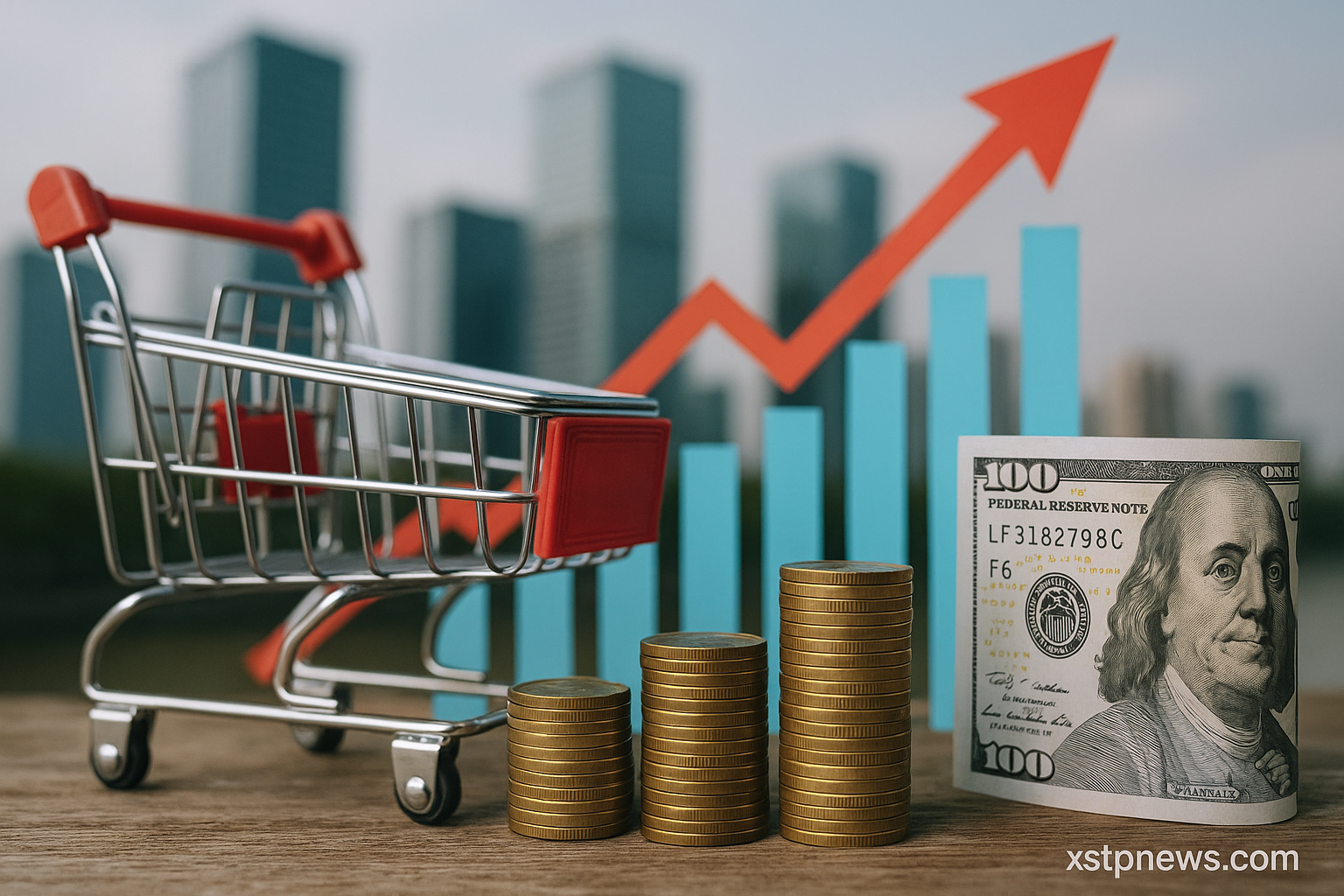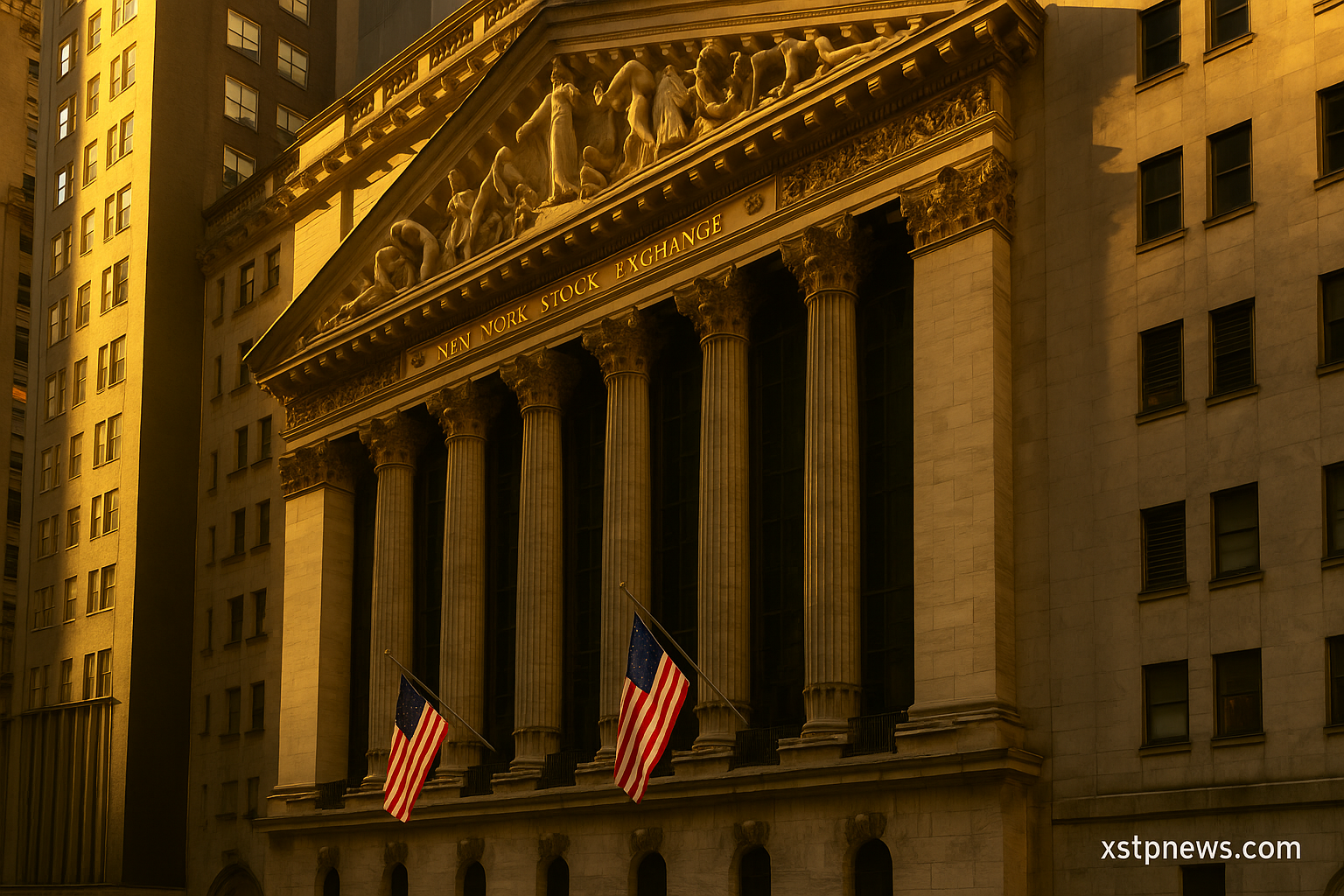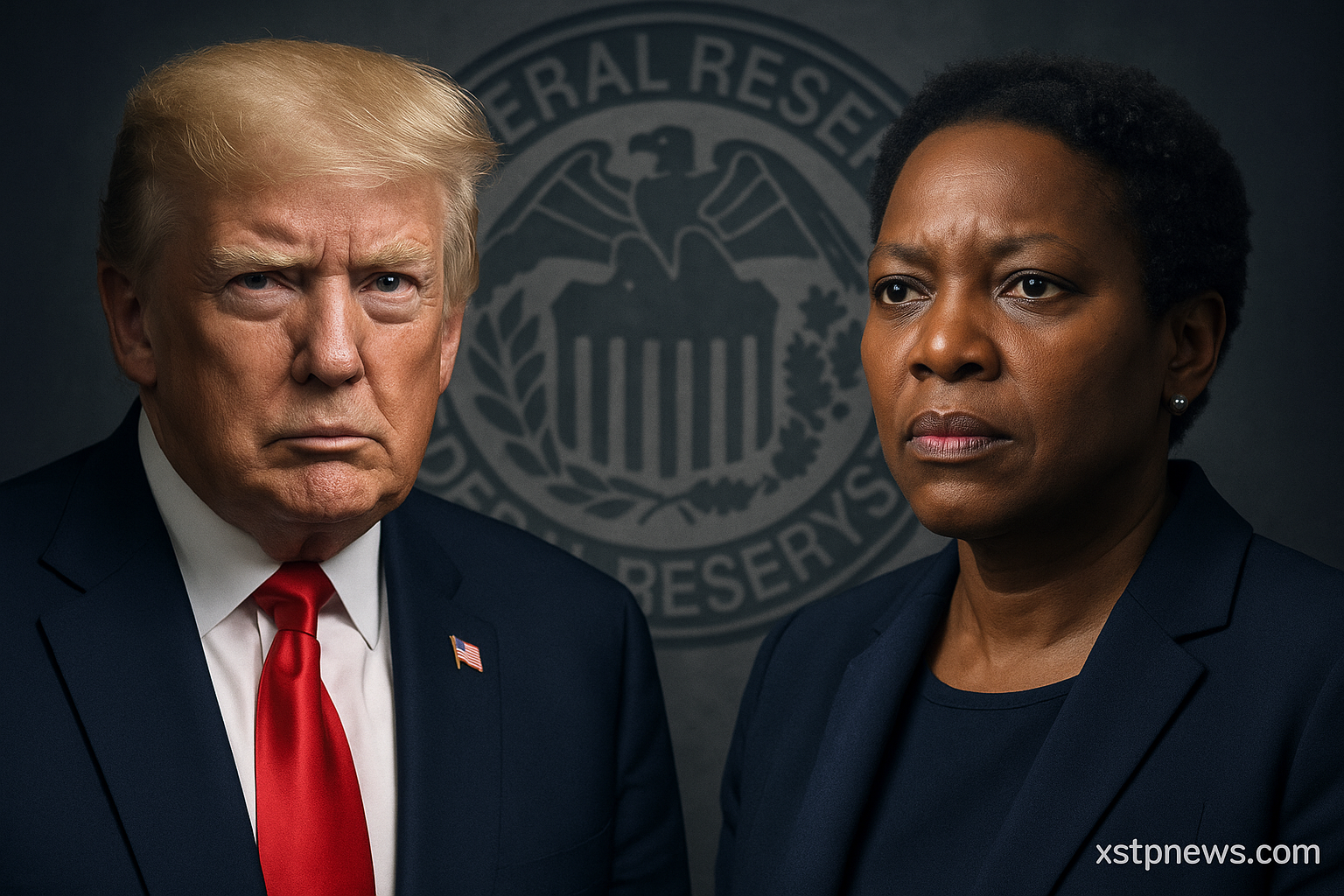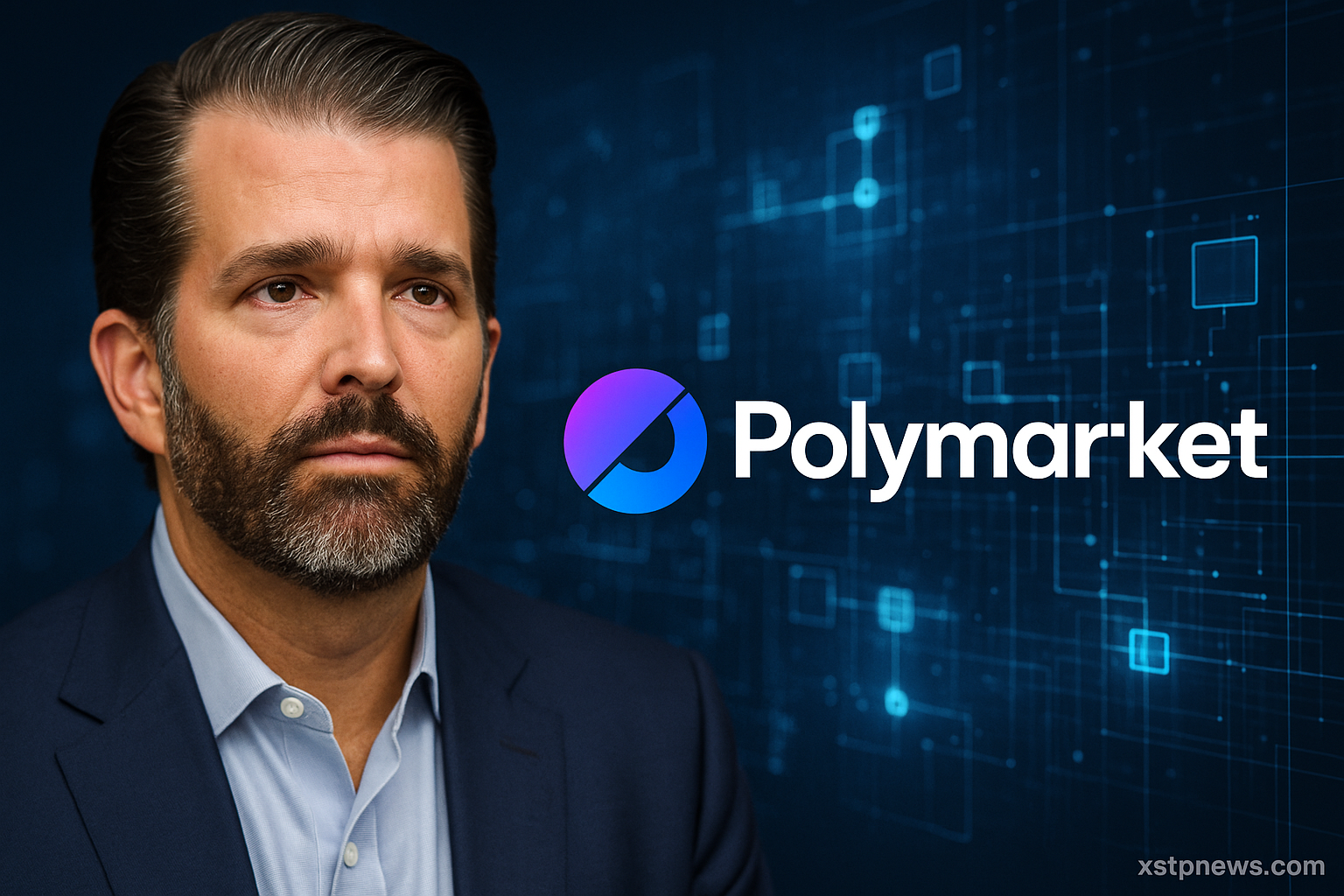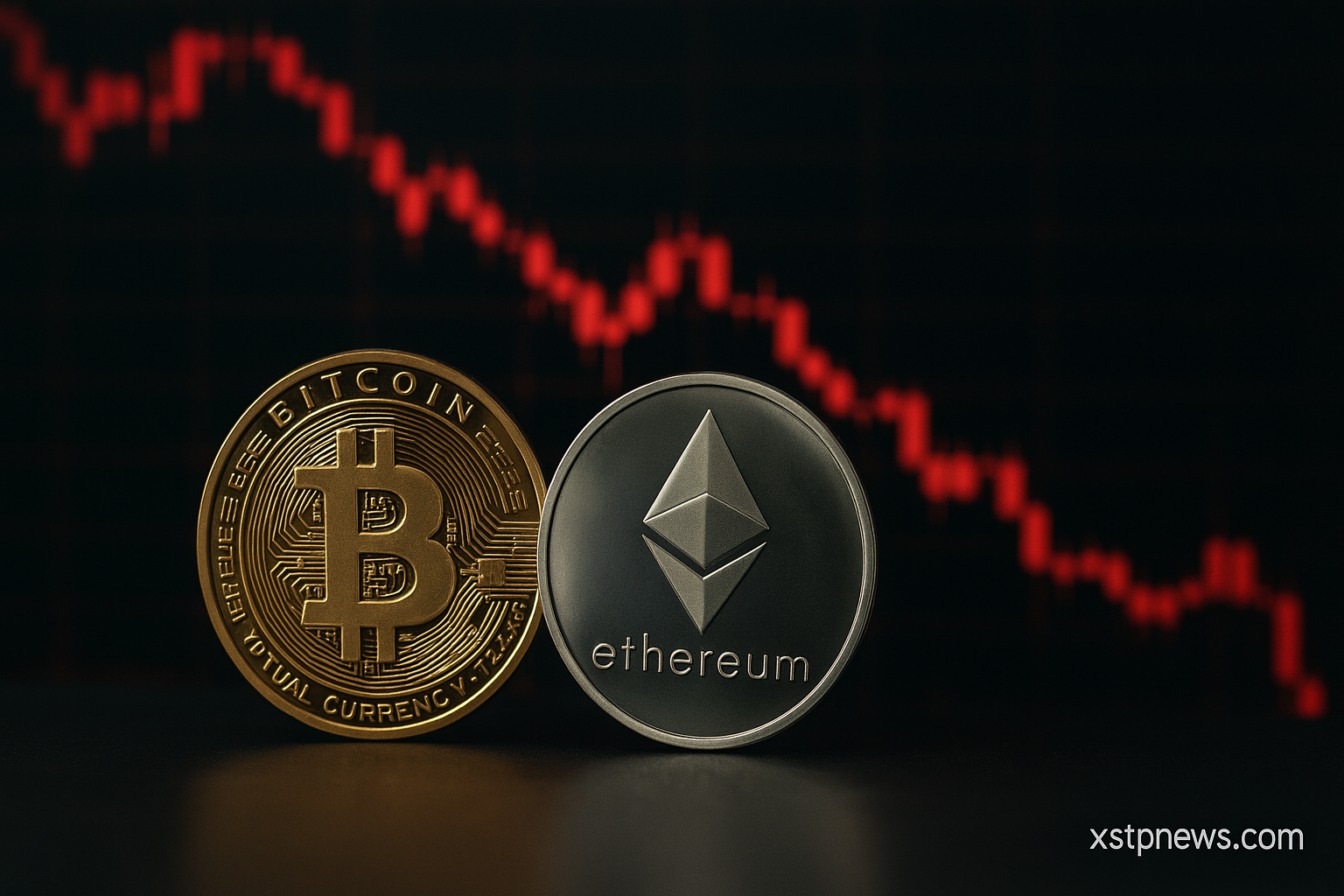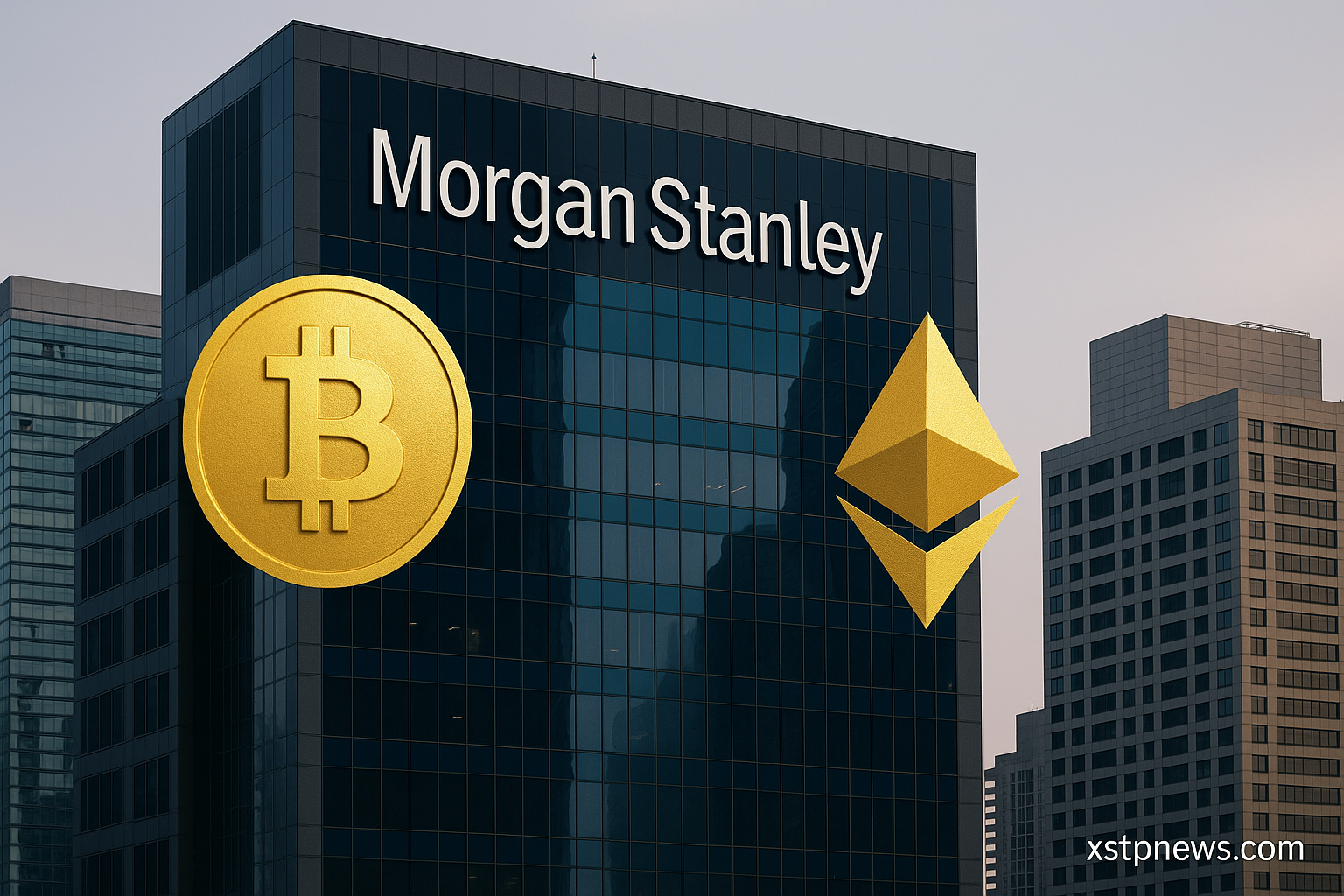US inflation reached 2.7% in June, surprising analysts who expected a more modest rise. This fresh data from the Bureau of Labor Statistics shows the fastest annual pace since February, largely driven by higher import costs after new tariffs came into force.
Food and housing put extra strain on families
A deeper look at the Consumer Price Index reveals a broad climb in prices. Core inflation, which excludes food and energy, stood at 2.9%, signaling that cost pressures are spreading across essential categories.
Food prices moved up 3% over the last year. Eggs rose more than 27%, coffee climbed 12.7%, and ground beef went up by 10.3%. Housing costs also stayed high with a 3.8% annual increase, adding to the burden on household budgets.
Energy offered little relief. Although down slightly over 12 months, it still rose nearly 1% in June, showing continued swings.
Tariffs add fuel to the fire
Many experts point to the new round of tariffs as a clear driver of this inflation surge. Furniture and appliances jumped sharply, with appliance costs up almost 2% just in June. Analysts estimate that about a third of the annual increase in consumer prices can be traced back to these tariffs. The Federal Reserve had already cautioned that such effects would grow more visible in the second half of the year.
Federal Reserve likely to hold steady for now
Despite rising prices, markets still believe the Fed will keep interest rates between 4.25% and 4.5% at its next meeting. Just weeks ago, traders placed a much higher chance on cuts, but now those bets are down near 3%.
Stocks reflected the tension. The S&P 500 slipped, the Dow Jones fell by 318 points, while the Nasdaq managed gains thanks to tech momentum. Yields on 10-year Treasuries pushed up close to 4.5% as investors recalibrated expectations.
A fragile balance heading into election season
With congressional elections getting closer, inflation is once again shaping political debates. The administration argues that tariffs are needed to protect American industries. Critics respond that consumers are the ones paying more at checkout.
The result is a delicate moment for the US economy, with higher costs clouding the outlook and uncertainty building over when interest rates might finally ease. For investors watching global trends, caution remains the watchword as new figures keep emerging.

